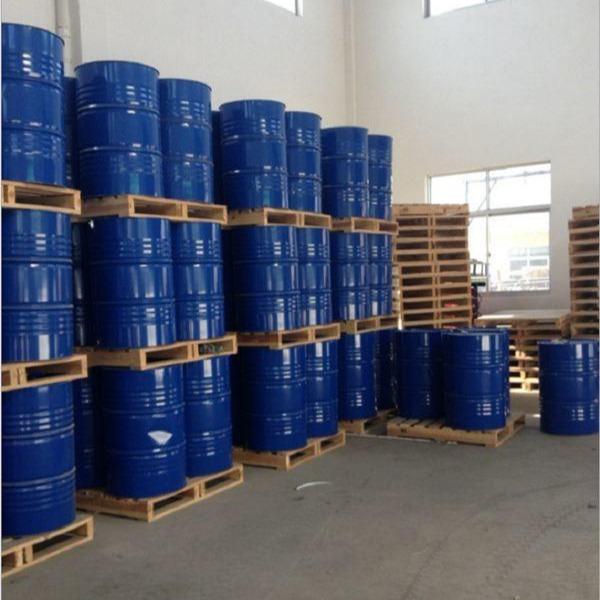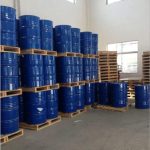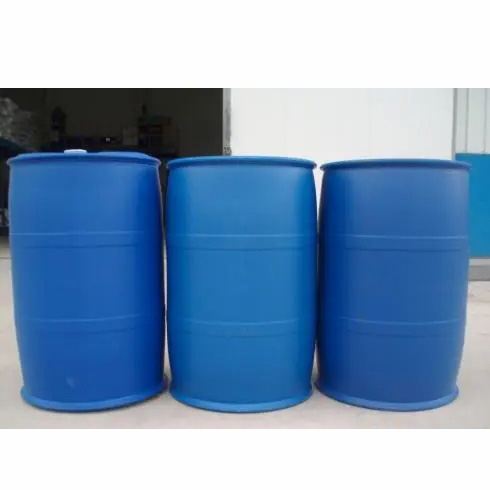
Fatty alcohol polyoxyethylene ether(AEO-3,4,5,7,9,10,15,20,23)
Characteristics: The number of ethoxy groups in the fatty alcohol polyoxyethylene ether molecule can be artificially adjusted during the synthesis process, so a series of non-ionic surfactants with different properties and uses can be produced. Fatty alcohol polyoxyethylene ether is the most important type of non-ionic surfactant. The ether bond in the molecule is not easily destroyed by acid or alkali, so it has high stability, good water solubility, electrolyte resistance, easy biodegradation, and small foam. Fatty alcohol polyoxyethylene ether is a colorless liquid or waxy substance. Its carbon chain length, ethylene oxide addition number and distribution have a great influence on the physicochemical properties and application performance of the product. The cloud point, relative density, viscosity, etc. of fatty alcohol polyoxyethylene ether increase with the increase of ethylene oxide addition number, but its surface activity such as detergency, foaming, wetting and dispersing power begin to increase with the increase of ethylene oxide addition number. After reaching the maximum value, the surface activity begins to decrease again when the ethylene oxide addition number continues to increase. Fatty alcohol polyoxyethylene ethers have good compatibility with other surfactants, are insensitive to hard water, and have good low-temperature washing performance, but their solubility will gradually decrease as the water temperature rises. Fatty alcohol polyoxyethylene ethers are stable in hydrolysis within the pH range of 3 to 11. However, they will also slowly oxidize in the air to produce some oxidation products, such as acetaldehyde and hydroperoxides, which are more toxic to the skin than those surfactants that have not yet experienced similar situations.
Uses:
Fatty alcohol polyoxyethylene ethers are widely used in the production of fatty alcohol polyoxyethylene ether sodium sulfate (AES). The physical properties of fatty alcohol polyoxyethylene ethers make it unfavorable to prepare washing powder, but it is an ideal raw material for liquid detergents. It has better descaling ability for various fibers than sodium alkylbenzene sulfonate, and is particularly suitable for washing grease and dirt excreted by the human body from synthetic fiber fabrics. Abroad. The main use of fatty alcohol polyoxyethylene ethers is as synthetic detergents. The domestic brand name is Pingpingjia series products. In addition to being partially used in compounding liquid detergents, it is mainly used as a leveling agent and stripping agent in the printing and dyeing industry, as a raw wool cleaning agent in the wool spinning industry, and as a spinning oil in the chemical fiber industry. It is used as a non-ionic surfactant in the textile industry. It is widely used as a leveling agent for various dyes and a stripping agent for reduced dyes. The general dosage of wool retarder is 0.2~1/L. It can be used as a component of spinning oil for synthetic fibers such as polyester. It is used as an emulsifier in the latex industry and petroleum drilling fluid. This product has unique emulsifying properties for stearic acid, paraffin, mineral oil and other substances, and is a component of the emulsifier during polymer emulsion polymerization. It can also be used as an emulsifier for glass fiber lubricating oil. This product can remove the dirt dispersed and aggregated on the fabric by the dye, improve the decontamination ability of sodium alkylbenzene sulfonate synthetic detergent, and reduce the antistatic effect of the fabric. The synthesis of fatty alcohol polyoxyethylene ether is carried out by the addition reaction of fatty alcohol (primary or secondary alcohol of C10-C18) with ethylene oxide in the presence of an alkaline catalyst (caustic soda or sodium methoxide). The reaction rate of primary alcohol is greater than that of secondary alcohol, and the rate of primary alcohol reacting with ethylene oxide to form an addition product is close to the rate of polyoxyethylene ether chain growth. As a result, the final product is actually a mixture of polyoxyethylene ethers with different polymerization degrees, including unoxyethylated raw alcohol. Since the application performance of fatty alcohol polyoxyethylene ether depends to a large extent on the polymerization degree m of polyoxyethylene ether, how to make the distribution curve of n in the obtained product as narrow as possible is the key to improving product quality in the production of fatty alcohol polyoxyethylene ether. It has been found that the catalyst has a great influence on the distribution curve: alkaline catalysts, such as sodium methoxide, produce a wide distribution curve; acidic catalysts, such as boron trifluoride, tin tetrachloride, antimony pentachloride and boron trifluoride ether complex, produce a narrow distribution curve. Although acid catalysis can achieve narrow distribution, it has not been used in production so far because it will cause an increase in by-products (such as polyethylene glycol, dioxane, etc.) and equipment corrosion problems. At present, the improvement of catalysts is still an important research topic. Application 1. Washing industry: As a non-ionic surfactant, it has emulsification, foaming and decontamination effects. It is the main active ingredient of hand soap, laundry detergent, shower gel, washing powder, dishwashing detergent, and metal cleaner. 2. Textile printing and dyeing industry: It can be used as a textile printing and dyeing auxiliary; it has an emulsifying effect and is often used as emulsified silicone oil, penetrant, leveling agent, and polypropylene oil agent. 3. Papermaking industry: It can be used as a deinking agent, blanket cleaning agent, and de-resin agent. 4. In other cases, it can also be used as a pesticide emulsifier, crude oil demulsifier, lubricating oil emulsifier, etc.







